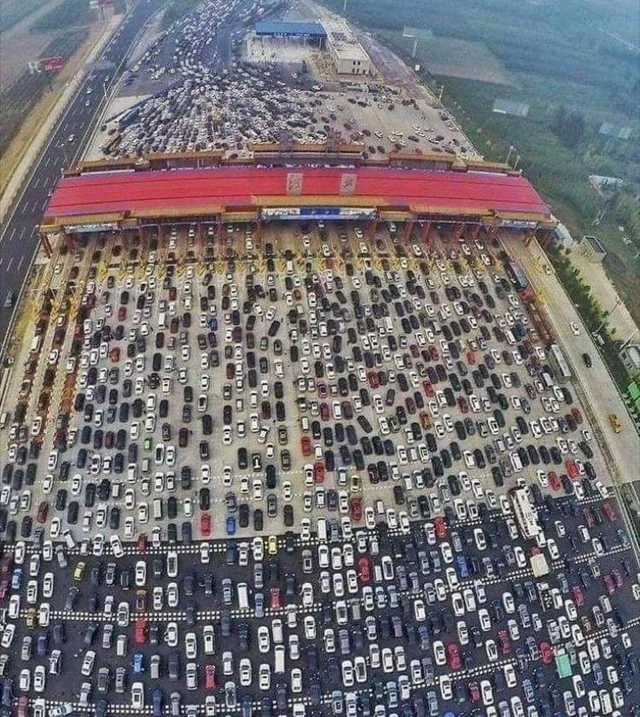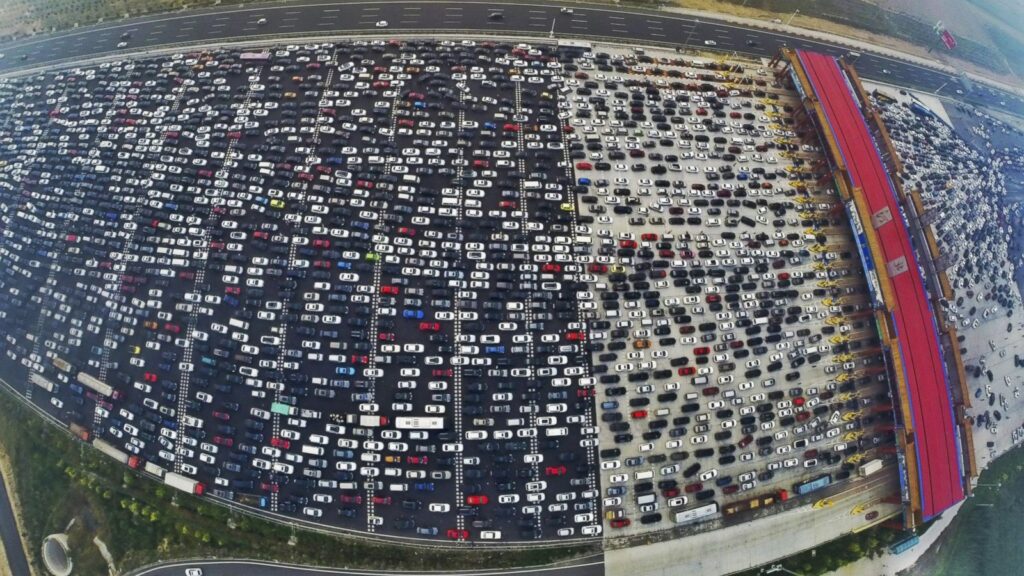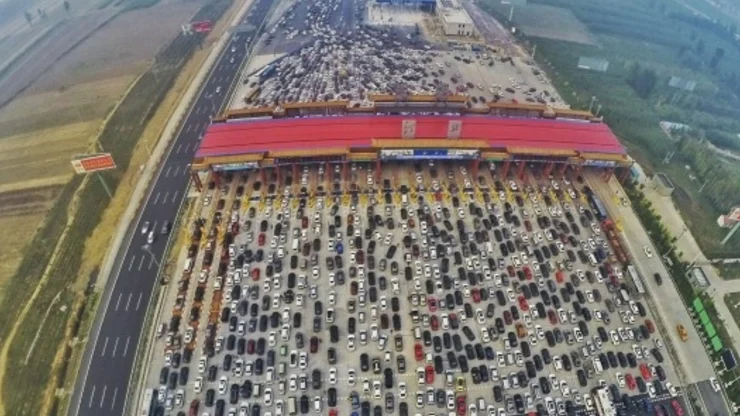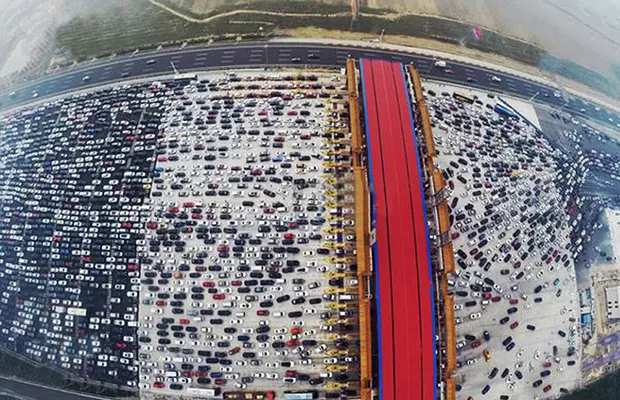Unprecedented and astounding were the people’s expressions when describing the traffic congestion situation that emerged in China in 2015. Global news outlets abuzz reported an overwhelming scenario in which a greater-than-imaginable 50-lane traffic jam materialized on a Chinese highway. This immense traffic build-up eventuated in the country’s northern province, on the G4 Beijing-Hong Kong-Macau Expressway, one of China’s busiest roads.

Core of the problem was a new checkpoint at the other end of a 50-lane toll plaza, erected to control traffic flow, which ended up resulting in the complete opposite. Thousands of vehicles travelling back to Beijing from the holidays found themselves stuck in the tailback stretching as far as the eye could see (Mann, 2015).

Unsurprisingly, the situation became a complete nightmare, causing hundreds of kilometers of queues, owing to the sheer volume of cars trying to squeeze into lesser lanes from the initial 50. Cars, trucks, and buses, all stationary, created an ocean of tail lights, which was an awe-inspiring sight, despite the utter inconvenience it caused. Drone imagery revealed a stifling scene with drivers stepping out of their vehicles to wait out the traffic jam (Caulfield, 2015).

This legendary traffic jam brings to the forefront the larger issue of China’s burgeoning automobile sector. On account of the growing middle class, vehicle ownership has quadrupled over the decade, exacerbating traffic conditions in the country’s densely populated metropolitan hubs and their connecting highways.

Researchers suggest city planning and traffic management be prioritized for accommodating the upsurge in vehicles. Public transit improvements, traffic bottleneck alleviation, and legislation are warranted to address traffic congestion and to prevent reoccurrence of such traffic nightmares.

The 50-lane traffic jam in China was certainly an extreme spectacle in the history of traffic congestion globally. It underlines the challenges confronting fast-growing economies grappling with the rapid rise in vehicle ownership. If unchecked, such issues could potentially cripple metropolitan mobility and productivity, necessitating urgent attention towards sustainable urban planning.

